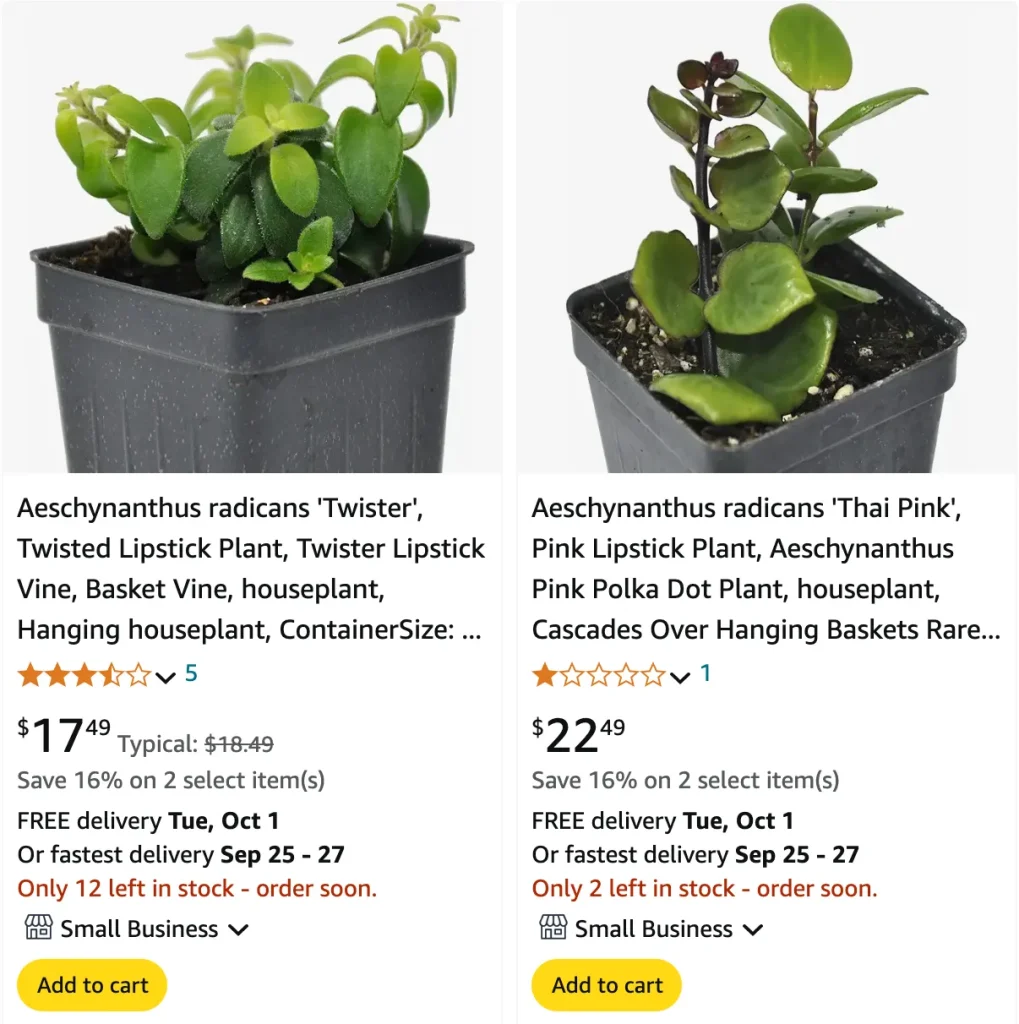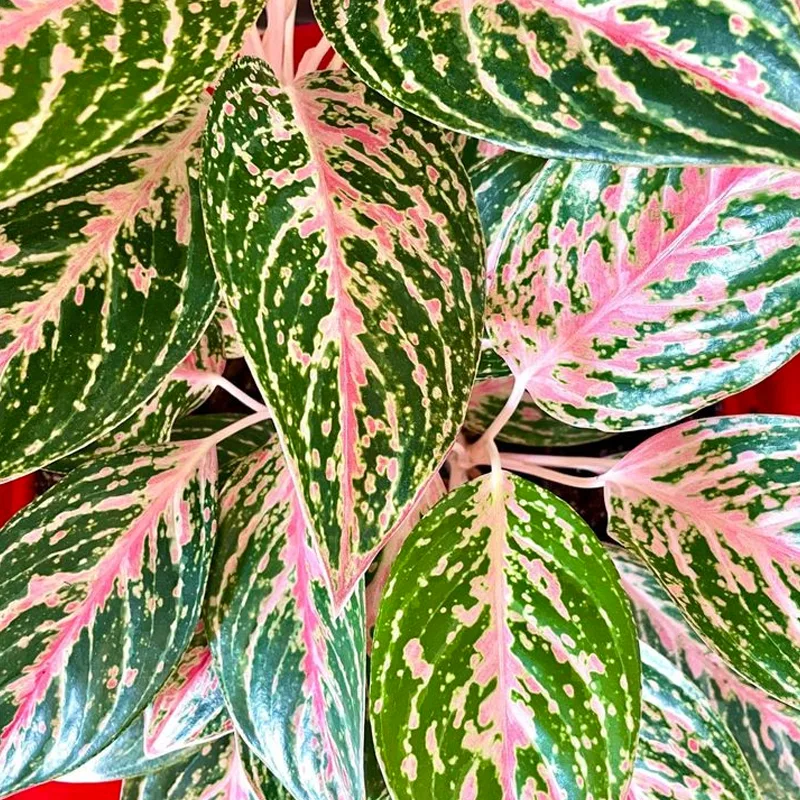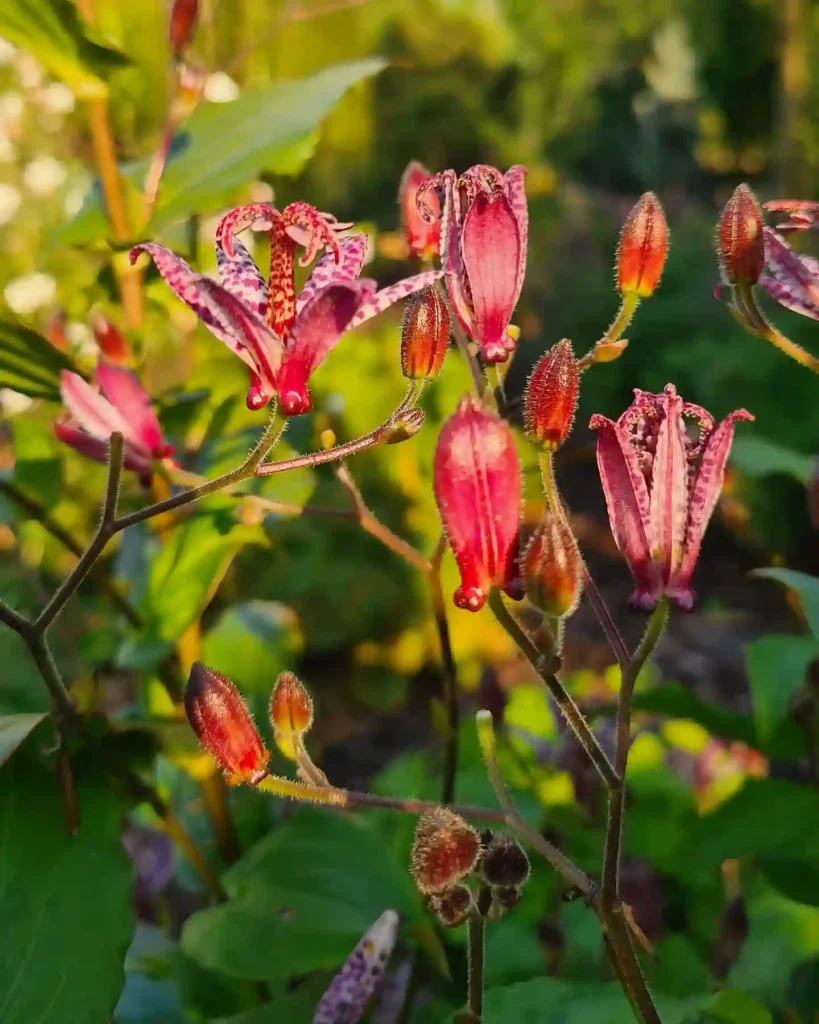
Frequently Asked Questions About Aeschynanthus Radicans
If you’re considering adding Aeschynanthus Radicans to your plant collection, you might have some questions about its care, characteristics, and more. I’ve compiled a list of frequently asked questions to help you understand this unique and vibrant plant better.
185 Species in Genus Aeschynanthus – Lipstick Plant
What Is Aeschynanthus Radicans?
Aeschynanthus Radicans, often called the Lipstick Plant, is renowned for its striking red tubular flowers and glossy green leaves. Originating from the tropical forests of Southeast Asia, this epiphytic plant is known for its trailing vines that make it an excellent choice for hanging baskets.
Is Aeschynanthus Radicans a Dicot?
Yes, Aeschynanthus Radicans is a dicot. This means it belongs to the class of dicotyledonous plants, characterized by having two embryonic leaves or cotyledons. Dicot plants typically have net-veined leaves, flower parts in multiples of four or five, and vascular bundles arranged in a ring.
How to Care for Aeschynanthus Radicans?
Caring for Aeschynanthus Radicans involves understanding its specific needs:
- Light: It thrives in bright, indirect light. Too much direct sunlight can scorch its leaves, while too little light can hinder blooming.
- Water: Keep the soil evenly moist but not waterlogged. Allow the top inch of soil to dry out between waterings. Be cautious of overwatering, as it can lead to root rot.
- Humidity: This plant enjoys high humidity. If you live in a dry climate, consider misting the plant regularly or using a humidity tray.
- Temperature: Aeschynanthus Radicans prefers temperatures between 65°F and 75°F (18°C to 24°C). Protect it from drafts and sudden temperature changes.
How to Propagate Aeschynanthus Radicans?
Propagating Aeschynanthus Radicans is relatively straightforward:
- Stem Cuttings: The most common method is to take 4-6 inch cuttings from healthy stems. Remove the lower leaves, dip the cut end in rooting hormone, and plant it in a mix of peat and perlite. Keep the soil moist and place the cuttings in a warm, bright location. Rooting usually takes a few weeks.
- Division: You can also propagate by dividing mature plants. Gently separate the root ball into sections, ensuring each section has roots and stems, and repot them individually.
What to Plant With Aeschynanthus Radicans?
Aeschynanthus Radicans pairs well with other tropical or subtropical plants that have similar care requirements. Consider planting it with:
- Pothos: Their trailing vines and similar light and water needs complement Aeschynanthus Radicans.
- Philodendron: Both plants thrive in similar conditions and add lush greenery to any space.
- Spider Plant: This plant’s cascading leaves and ease of care make it a good companion.
Can You Grow Aeschynanthus Radicans Indoors?
Absolutely! Aeschynanthus Radicans is well-suited for indoor environments. It can be grown in hanging baskets or on high shelves where its trailing vines can be displayed. Just ensure it receives the right amount of light and humidity to thrive indoors.
Is Aeschynanthus Radicans Toxic?
Aeschynanthus Radicans is generally considered non-toxic to pets and humans. However, it’s always a good idea to monitor pets and children to prevent any accidental ingestion.
Benefits of Aeschynanthus Radicans
- Aesthetic Appeal: Its vibrant flowers and glossy foliage make it a beautiful addition to any room.
- Low Maintenance: With the right conditions, it’s relatively easy to care for and doesn’t require frequent repotting.
- Air Purification: Like many houseplants, it can help improve indoor air quality.
Common Problems with Aeschynanthus Radicans
- Leaf Drop: Often caused by inconsistent watering or sudden temperature changes. Ensure the plant is kept in stable conditions.
- Root Rot: This occurs due to overwatering. Make sure the soil is well-draining and avoid waterlogging.
- Pest Issues: Watch out for common pests like spider mites and aphids. Regularly check the undersides of leaves and treat infestations promptly.
How Does Aeschynanthus Radicans Compare with Other Similar Plants?
When compared to other trailing plants like the String of Pearls or Pothos, Aeschynanthus Radicans stands out due to its unique flower structure and vibrant color. Unlike the String of Pearls, which requires less humidity, Aeschynanthus Radicans thrives in higher humidity levels. Its glossy leaves also set it apart from the more matte foliage of Pothos.
If i die, water my plants!



